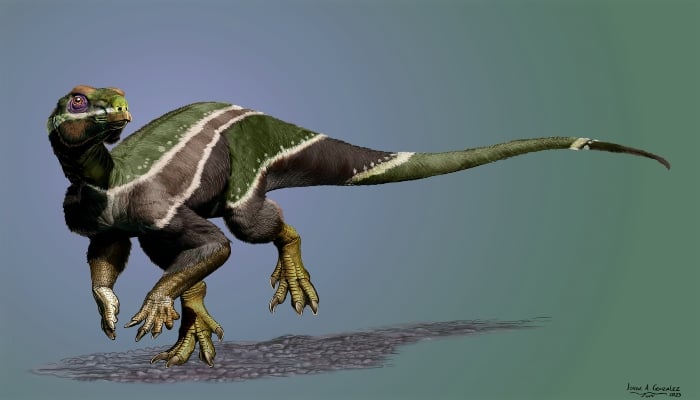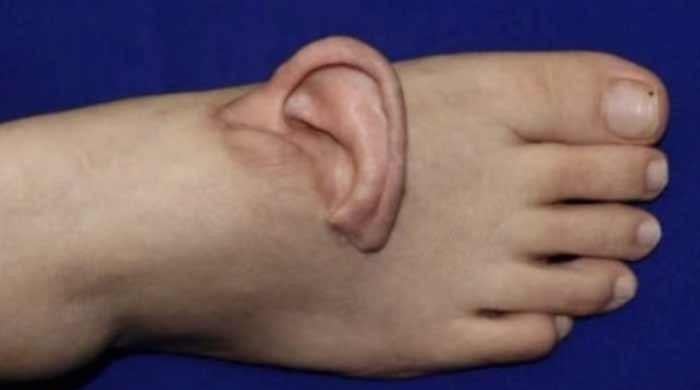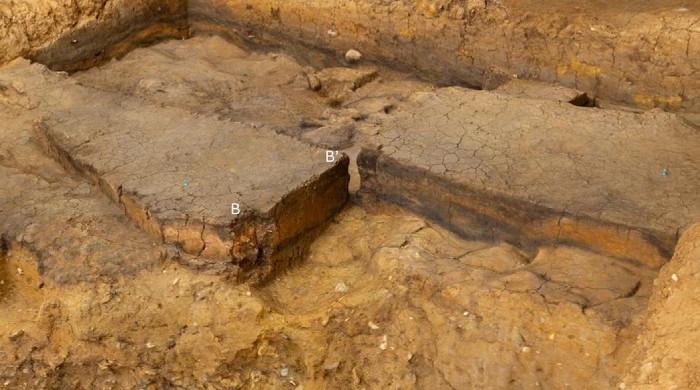'Recently discovered dinosaur believed to be last of its kind'
Researchers say the dinosaur, that 99 million years ago, and possessed powerful jaw, symbolises a changing planet, enables science to look back and see the future.
June 08, 2023

A recent study revealed that a newly discovered dinosaur may have been the last of its kind during a time when the climate on Earth was rising and forcing significant changes in dinosaur populations worldwide.
The herbivore was an early ornithopod and was given the name Iani smithi in honour of Janus, the two-faced Roman god of change.
The more well-known duckbill dinosaurs, such as Parasaurolophus and Edmontosaurus, descended from this group of dinosaurs.
US researchers discovered the majority of the baby dinosaur's skeleton in Utah's Cedar Mountain Formation, including the skull, vertebrae, and limbs, The Independent reported.
According to corresponding author Lindsay Zanno, associate research professor at North Carolina State University and head of palaeontology at the North Carolina Museum of Natural Sciences, “Finding Iani was a stroke of luck."
"We knew something like it lived in this ecosystem because isolated teeth had been collected here and there, but we weren’t expecting to stumble upon such a beautiful skeleton, especially from this time in Earth’s history."
She added: "Having a nearly complete skull was invaluable for piecing the story together. Iani may be the last surviving member of a lineage of dinosaurs that once thrived here in North America but were eventually supplanted by duckbill dinosaurs."
She continued to say that the dinosaur symbolises a changing planet, and enables science to look back and see the future.
Iani smithi lived some 99 million years ago (the mid-Cretaceous), and researchers say its most striking feature is its powerful jaw, with teeth designed for chewing through tough plant material.
The study suggests that the mid-Cretaceous was a time of big changes that had a major impact on dinosaur populations, leading to rainforests and flowering plant life taking over coastal areas.
Additionally, Iani smithi is special due to its rarity in the North American fossil record and its place in the timeline of dinosaur evolution, according to a study that was published in Plos One.
"We identified Iani as an early rhabdodontomorph, a lineage of ornithopods that is nearly entirely known from Europe," said Dr Zanno.
“Recently, palaeontologists proposed that another North American dinosaur, Tenontosaurus, which was as common as cattle in the Early Cretaceous, belongs to this group, as well as some Australian critters.
“If Iani holds up as a rhabdodontomorph, it raises a lot of cool questions.”
Iani's role as a last-ditch effort or a lineage's demise as a witness is one of these uncertainties.
Dr. Zanno believes that investigating this fossil in light of the environmental and biodiversity changes that occurred in the mid-Cretaceous would help to understand more about the evolution of the planet.











